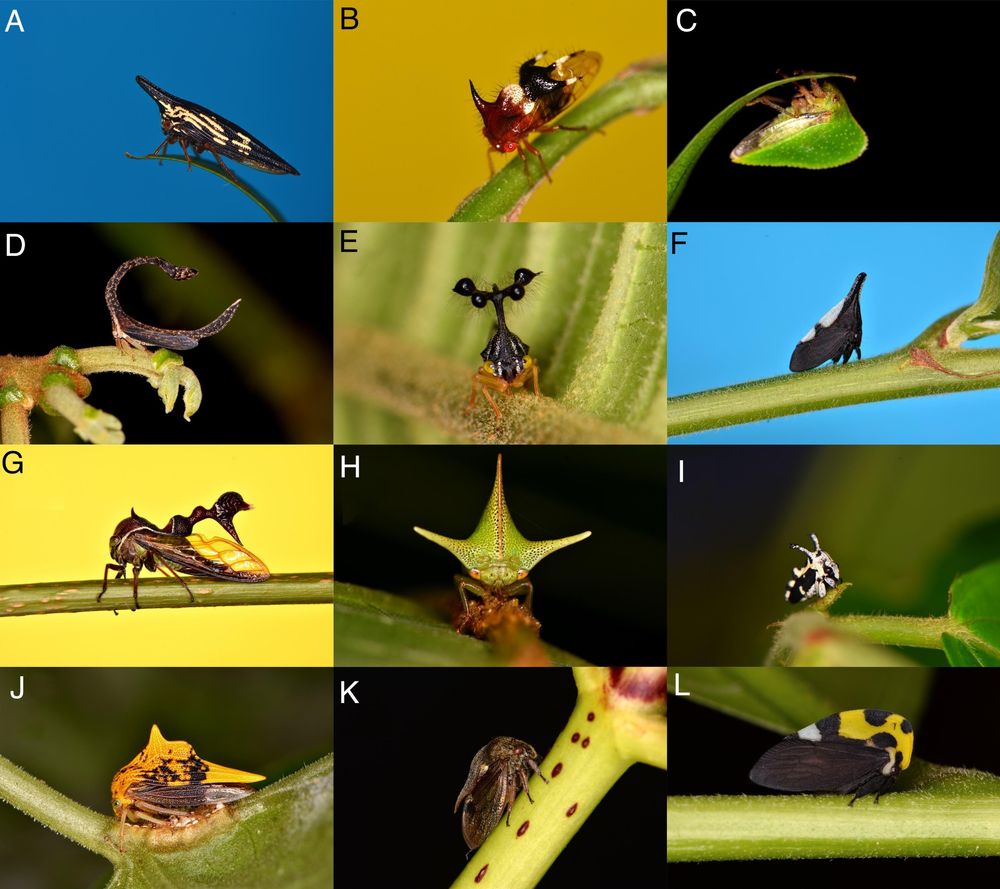Natalia Duque-Wilckens, DVM, PhD
@nduquewilckens.bsky.social
810 followers
210 following
130 posts
Assistant Professor Department of Biological Sciences, NC State. Www.DuqueWilckenslab.com
Posts
Media
Videos
Starter Packs
Reposted by Natalia Duque-Wilckens, DVM, PhD
Reposted by Natalia Duque-Wilckens, DVM, PhD
Sam England
@samjakeengland.bsky.social
· Jul 24

Electroreception in treehoppers: How extreme morphologies can increase electrical sensitivity | PNAS
The link between form and function of an organism’s morphology is usually apparent
or intuitive. However, some clades of organisms show remarkable ...
doi.org
Reposted by Natalia Duque-Wilckens, DVM, PhD
Jeremy Berg
@jeremymberg.bsky.social
· Jul 24
Reposted by Natalia Duque-Wilckens, DVM, PhD
Reposted by Natalia Duque-Wilckens, DVM, PhD
Reposted by Natalia Duque-Wilckens, DVM, PhD
Reposted by Natalia Duque-Wilckens, DVM, PhD






